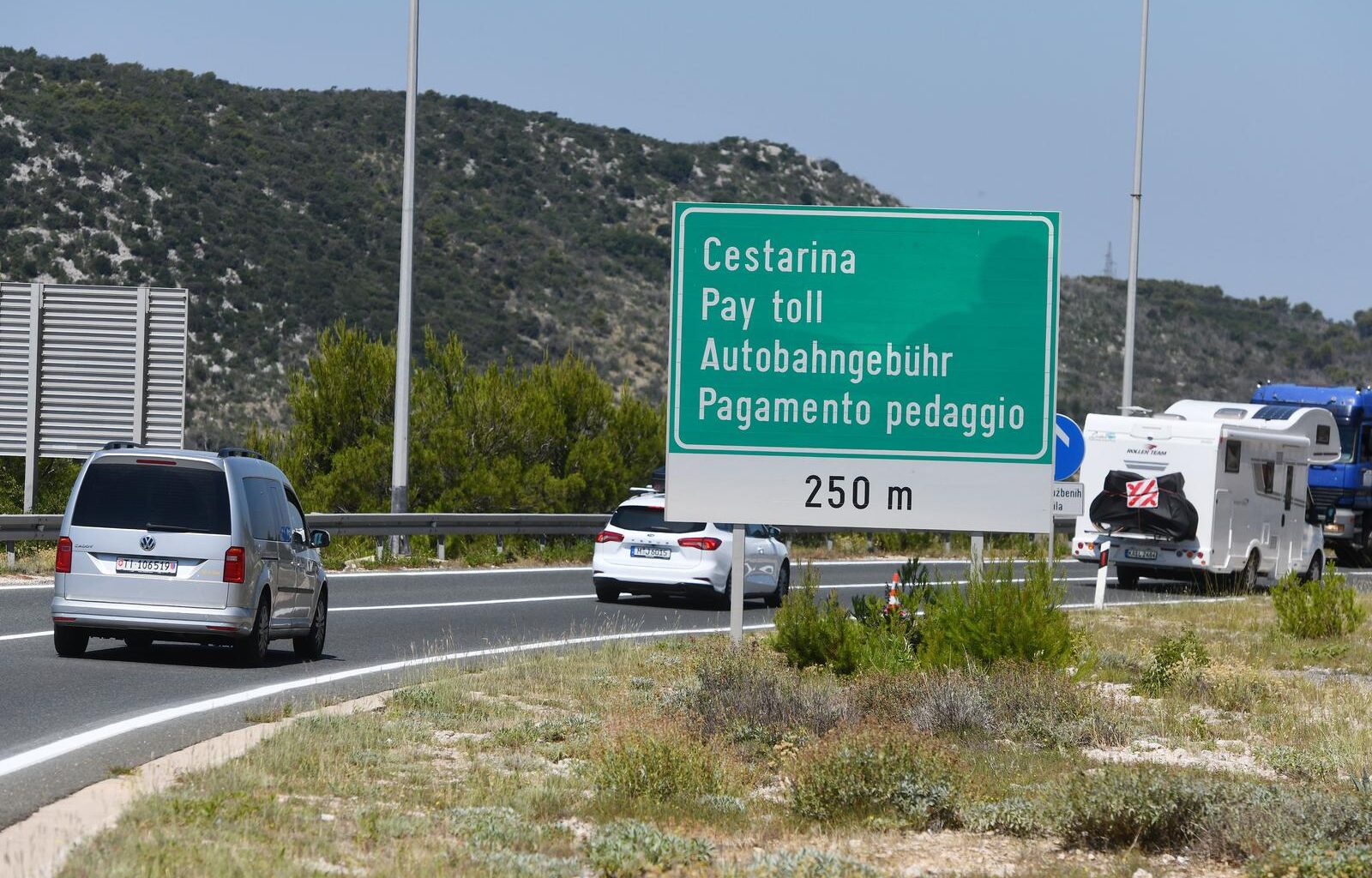October the 10th, 2025 – The new Croatian road payment system will provide road users with three ways to pay as of 2027, as is currently estimated.
As Poslovni Dnevnik writes, Transport Minister Oleg Butković recently revealed to HRT that the final five kilometres of Corridor 5C through Croatia have now been opened. That means that all 88 kilometres of that section of roadway are completed, and the minister emphasised that this project wasn’t actually a priority from 2012 to 2016, but a later political decision saw it reach completion.
The minister believes that the completion of this corridor is particularly important for Croatia’s integration into the rest of Central Europe.
“It will be even more significant when the section through neighbouring Bosnia and Herzegovina is completed, because it’s also important for access to the Port of Ploče,” he said, adding that toll fees will not be charged for the last five kilometres of the newly built section (they will be left outside of the toll system) and will come to an end as they did before at Beli Manastir.
He recalled that both tubes of the Učka tunnel have now been renovated, and the section to Matulji is expected to be completed in less than one calendar year.
“This will complete the Istrian Y, and the Istrian X is in its initial phase, we expect it to start in a year and a half,” said the minister, who then went on to speak about the planned new toll collection system, Butković explained that the new Croatian road payment system will be a completely contactless model that will allow users to choose how to pay – they can opt to keep using the ETC or choose for their license plates to be read automatically using cameras.
It will be possible to top up the amount on their ETC devices via the app, the internet or at points of sale, which are typically at petrol stations, he said. Butković also expects that the brand new Croatian road payment system could finally be fully operational by early 2027.
Speaking about the state of the country’s railway infrastructure, Minister Oleg Butković stated that a lot has been done, but that the dynamics are not yet what they want them to be eventually. Croatian railways are the butt of many jokes, but it’s worth recalling how much money and investments have been poured into getting them at least up to the standards of most other European countries.
“We’ve completely renovated the suburban traffic sections around the City of Zagreb,” he said, before announcing that by the end of the year, a newly renovated double-track railway from Zagreb to the Hungarian border, on the so-called Mediterranean corridor, will be put into operation, where trains will run at a speed of 160 km/h.
Subscribe to our newsletter
the fields marked with * are required
